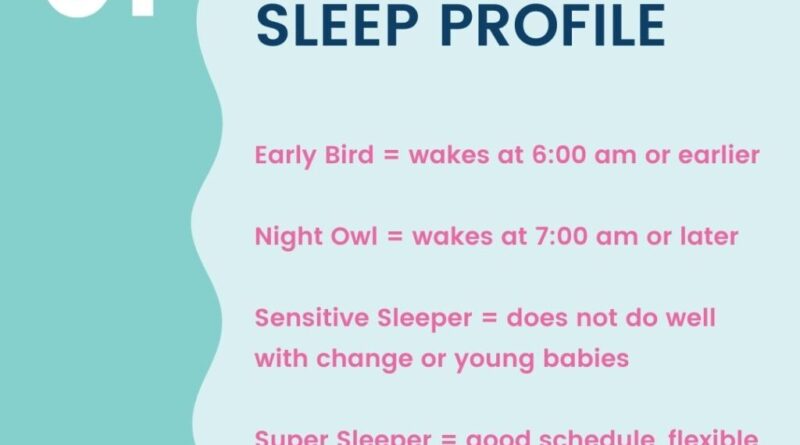Help Your Child Adjust to Daylight Savings Spring Forward Easily
More sunlight. Longer days. More outside fun, especially for those of us who live in the North. It’s that time of year again…the start of spring and Daylight Savings Time Spring Forward. This means it’s time for our sleep tips to help with the time change!
Daylight Savings starts in the US and Canada on Sunday, March 10, 2024, at 2:00 am. What this means is when we set the clocks forward 1 hour, we’ll be putting our children to bed 1 hour earlier than they are used to and that request isn’t without its challenges. With these Spring Forward Daylight Savings Time tips, you’ll know just how to navigate the change.
The good news is the springtime change is the easier of the two to navigate. This time change has a lot less of an impact on sleep. For those with early birds, this is a welcomed change for an extra hour of sleep! (at least temporarily)
Depending on your children’s sleep habits, there are a few options on how you can handle the spring forward daylight savings time change…
How To Help Your Child Adjust to Daylight Savings Spring Forward Easily

Step 1: Identify Your Child’s Sleep Profile
- Early birds – your child is an early bird if they wake at 6:00 am or earlier.
- Night owls – your child is a night owl if they love to sleep in, waking at 7:00 am or later.
- Sensitive sleepers – your child is a sensitive sleeper if they don’t adjust to schedule changes well. Think back to the fall time change or if your child has an off nap day. Do the wheels come off the bus? You’ve got a sensitive sleeper!
- Super sleepers – your child is a super sleeper if they are on a good schedule now and adjust well to schedule changes
Now let’s look at what to do to help with the time change based on your child’s sleep profile.
Daylight Savings Spring Forward Step 2: Choose An Adjustment Strategy

Early Birds
WHAT TO EXPECT
Given that we are pushing the clock forward, the first few days of the daylight savings spring forward transition may be a little rough at bedtime. If your child normally goes to bed at 7:00 pm, after the time change, according to their body, they are going to sleep at 6:00 pm. This may result in your little one not being tired at bedtime, which can cause bedtime battles and antics.
This transition usually takes less than a week so stay patient and use your preferred sleep training method if necessary.
WHAT TO DO
If your child is an early bird, stay on the same schedule and enjoy the later wake time, at least for a few days.
Some children are programmed to naturally wake early and in this case, your little one’s body will naturally adjust back to their earlier wake time. Sorry!
In some cases, if your child has been waking unnaturally early, this may help them to transition to a later wake time moving forward.

Night Owls & Sensitive Sleepers
WHAT TO EXPECT
For night owls and sensitive sleepers, the time change will result in a later wake time. If your child is a sensitive sleeper and doesn’t easily adjust to sleep schedule changes, the time change may push their wake time too late, resulting in missing the optimal sleep windows.
WHAT TO DO
In these two situations, the best way to prepare for the time change is to adjust your child’s wake up time and schedule gradually, by 15 minutes each day leading up to the time change. This chart will help you with the adjustment:

Thursday, March 7th
Wake your child 15 minutes earlier than their usual time. For example, if your child wakes at 7:00 am normally, wake them at 6:45 am. This will only decrease their night sleep by 15 minutes.
Shift naps and feedings earlier by 15 minutes – if your baby goes down for nap at 12:00 pm, put them down for their nap at 11:45 am on the first day.
Put your child down for bed 15 minutes earlier than usual. A 7:00 pm bedtime, will be 6:45 pm bedtime on the first night.
Friday, March 8th
Follow the guidelines above, shifting the entire schedule earlier by 15 minutes.
Saturday, March 9th
Follow the guidelines above, shifting the entire schedule earlier by 15 minutes.
Sunday, March 10th
Wake your child by 7 am if they are still sleeping. Resume your child’s usual schedule, with the same daily wake, nap, feedings and bedtimes as before the time change

Super Sleeper
If your child is on a good sleep schedule and isn’t too sensitive to sleep changes, you can opt to not make any advanced changes.
If your child’s normal nighttime sleep schedule is 7:00 pm – 7:00 am, wake them at 7:00 am the new time.
I know, I know – you REALLY wanted that extra hour of sleep! This will help your little one to get back on track quickly. Additionally, they’ll be tired enough to settle into nap time and bedtime on the new schedule.
Naturally, move your routine (sleep/feeding) to your existing scheduled times. This is a relatively easy transition. The effects of the time change will only be evident for a week at most.
Daylight Savings Spring Forward Step 3: Darken The Room
If your little one’s room isn’t dark yet, now is the time!
With the extended daylight hours, it can be harder to convince little ones that its bedtime, especially when the sun is still shining bright at 7pm. More than any other time of year, it is so important to create a cave-like sleep environment for your little ones for both day and nighttime sleep. To learn how to create this cave-like environment and my favorite products, download our darkness test how to.
As temperatures start to heat up, if you need to purchase an air conditioning unit, I recommend portable floor units. The floor units allow you to keep the room dark by positioning the blackout curtains around the AC unit. Meanwhile you can still cool the space. Just make sure the one you purchase has a sleep feature. This means you can turn all lights off during sleep periods.
ADDITIONAL SLEEP TIPS FOR DAYLIGHT SAVINGS SPRING FORWARD 2024
- Have patience – the time change can have us all off for a few days because our natural rhythms are being altered
- Use the sun to your benefit – exposure to 30 minutes of sun during the early morning will help to reset internal clocks to the time change.
- Dim the lights – keep the lights dim in the hour prior to bedtime This will help your child to regulate their sleepy hormones and adjust to being sleepier at the new bedtime.
- Watch light exposure – avoid playing outside and bright screens (TV, tablet, phone) or bright indoor light during the hour leading to bed.
- Maintain your routines – keep sleep, feeding and other routines consistent, maintaining the same timing, unless noted above
We hope these daylight savings tips are helpful! If you need customized help with this transition or any other sleep challenges, please schedule a discovery call to talk about working together.
Christine Brown is the founder of Bella Luna Family. You can follow her on Facebook and Instagram.
The post Help Your Child Adjust to Daylight Savings Spring Forward Easily appeared first on Family Sleep Institute.




